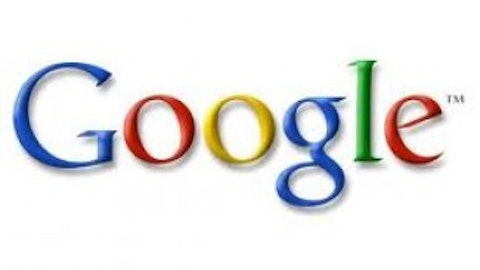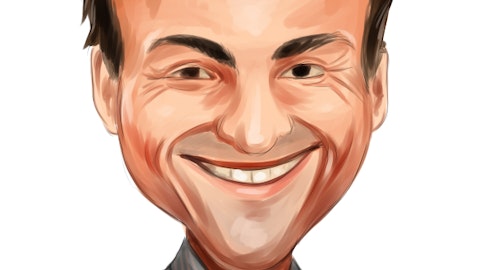Microsoft’s short-coming in mobile has to do with Microsoft Corporation (NASDAQ:MSFT)’s software license business model. It would help users more if Microsoft allowed better integration of cloud-based services and to turn Microsoft Office into a purely cloud enabled software suite–that way upgrading computers will not cause the conflict of buying another Microsoft Office software license. If Microsoft was to adhere to more of a subscription-based business model for its Office suite (which seems to be the trend in cloud based programs), the company could potentially gain back some of the market share it lost to Apple Inc. (NASDAQ:AAPL) in its most recent quarter.

Both Hewlett-Packard Company (NYSE:HPQ) and Dell Inc. (NASDAQ:DELL) are estimated to have reported a decline in growth along with a loss of market share. The sheer lack of demand for desktop and laptop computing is astonishing. Apple has been able to increase its market share from 9.8% to 11.6%. I attribute the success of Apple not to its reliability, but to the easiness of transferring programs and software from one device to another using Apple ID. Apple Inc. (NASDAQ:AAPL) was able to gain market share without discounting the value of its products. Therefore, from a classical economic standpoint, the demand curve shifted to the right due to technological advances rather than declining prices. To explain in laymen terms, the demand for Apple products increased without a decrease in price, which is healthy for Apple’s shareholders.
The iCloud makes it easier for Apple Inc. (NASDAQ:AAPL) users to interchangeably use Apple devices and upgrade them. It will keep the content and software collection intact. In addition to that, Apple customers can take their Mac products to an Apple Inc. (NASDAQ:AAPL) retail store in order to get advice on product upgrades and transitions.
Conclusion
The internet will become blazingly fast, which will increase the demand for cloud-based services. Because cloud-based services are becoming more predominant, anticipate a lot of web-based applications to be subscription based rather than perpetual license-based. This means people will have to buy a subscription to use software, contrary to constantly buying new software upgrades. The smart phone manufacturers will have to work with the cloud in order to make it easier for users to upgrade smart phone devices. Apple Inc. (NASDAQ:AAPL) is already ahead of the pack in that area.
The article What The Next Ten Years Of Technology Will Look Like originally appeared on Fool.com and is written by Alexander Cho.
Copyright © 1995 – 2013 The Motley Fool, LLC. All rights reserved. The Motley Fool has a disclosure policy.


